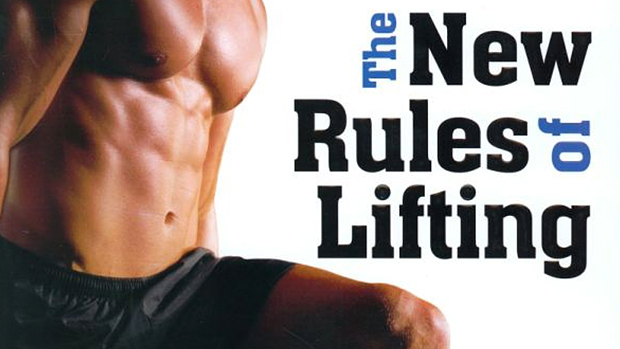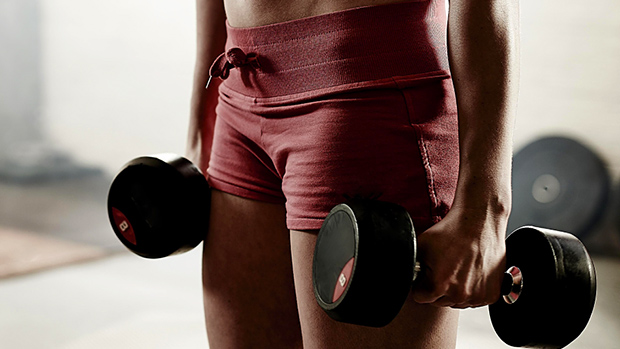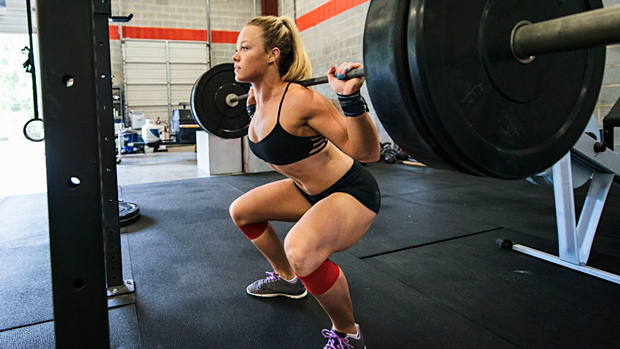Using mechanical drop sets while training at home means you can build muscle with minimal equipment. They work particularly well for blasting your chest.
Traditional drop sets allow you to continue training past failure by lowering the weight and doing another set of the same exercise. With mechanical drop sets, instead of dropping the weight, you switch to an "easier" version of the same movement pattern.
This allows you to extend a set beyond failure: you hit failure on an exercise then switch to an easier version and crank out more reps.
Here's How It Looks
- Perform the first exercise until failure or very close to failure (ideally in the 6-15 rep range).
- Slightly adjust your grip, bench position, bar position, range of motion, or body position to transition into an easier version of the exercise. Now do reps to failure again (6-15 reps).
Mechanical drop sets are usually done with 2-4 exercises back-to-back. Ideally, when sequencing a mechanical drop-set, select three variations for a movement pattern or muscle group. These should be sequenced as follows:
- Hardest Version of the Exercise
- Medium Version of the Exercise
- Easiest Version of the Exercise
This allows you to keep the working muscle under tension for longer, do more work in less time, and hit muscles from different angles or at different points of their strength curve.
For push-ups, sequence the variations like this:
- Feet Elevated Push-Up (the hardest variation)
- Regular Push-Up (the medium variation)
- Hands On Bench Push-Up (the easiest variation)
This combo not only allows you to work past failure, it also provides a challenge to your chest across three different angles. As a result, you'll stimulate the entire chest – hitting the upper, mid, and lower pec fibers.
If you have some resistance bands at home you can do this banded chest press to challenge the pecs in the shortened, mid, and lengthened ranges.
With some smart training strategies like mechanical drop sets, you can still create a potent muscle-building stimulus at home.





